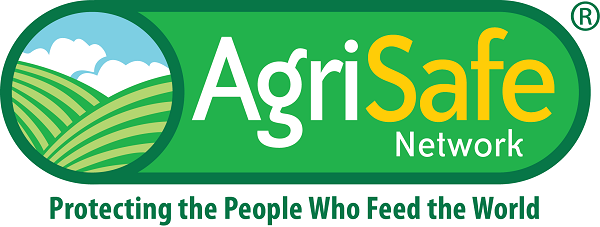AgriSafe Learning
Discovering the Root of your Back Story – Prevention and Understanding of Back Injuries (December 10, 2020)
Recorded On: 09/25/2020
-
Register
- Non-member - Free!
- Member - Free!
Back injuries are one of the most common forms of farm-related injuries, so protecting the back is one of the most important things a producer can do to stay active on the farm. Men and women are both prone to work-related back pain and the first episode usually occurs between the ages of 20 and 40. Training will focus on effects of whole body vibration, causes of back injuries/pain, how to prevent back injuries/pain, and other considerations.
Intended Audience: This training is intended primarily for health and safety professionals including but not limited to owner/operators, safety officers or specialists, managers, supervisors, safety coordinators, health safety and environmental interns and any person or persons who serve as safety personnel in an agricultural setting.
Objectives:
Upon completion of this training, participants will be able to:
- Identify causes of back injuries/pain
- Explain and utilize strategies to prevent back injuries/pain
- Describe and utilize proper lifting techniques
- Describe effects of whole body vibration (WBV)
- Apply strategies for maintaining back health
- Recall ways to manage chronic pain
This material was produced under grant number SH-05172-SH9 from the Occupational Safety and Health Administration, U.S. Department of Labor. It does not necessarily reflect the views or policies of the U.S. Department of Labor, nor does mention of trade names, commercial products, or organizations imply endorsement by the U.S. Government.
Dan Neenan, MBA, Paramedic, Fire Instructor
Director
National Education Center for Agricultural Safety
Dan Neenan, MBA -joined the NECAS staff in August of 2002 as Director. Dan is a Paramedic, Firefighter II and EMS instructor. He is currently a member of the Iowa Propane Board. Vice Chair of the Dubuque County Emergency Management Commission, Treasurer, Dubuque County EMS.
In his work at NECAS, Dan has developed several OSHA-approved training programs as well as Agricultural rescue programs. Safety programs include viticulture safety, enology safety, confined space-grain bin entry, Prevention of grain storage fire and explosions, chemical safety, and confined space-manure pit entry. Rescue programs include tractor rollover, combine auger rescue, grain bin rescue, manure pit rescue, and anhydrous ammonia emergency response. To date, the Grain Bin Rescue courses have saved 43 lives nationally.
Linda Emanuel, BSN, RN
Community Health Liaison
AgriSafe Network
Shaped by her experience as a Registered Nurse in rural Nebraska and as part of a multi-generational family farm, Linda grew into advocating for and educating agricultural producers and healthcare professionals. As the Agricultural Health Liaison at the AgriSafe Network, she is responsible for curriculum design of outreach programs that serve the holistic health needs of today’s farmers and ranchers. She serves as project lead within the Midwest region for the Total Farmer Health Coach program, which has a direct focus on behavioral health. Her liaison work is most exceptionally seen in the Talking Total Farmer Health podcast which she hosts, and the health/wellness outreach trainings she leads within the agricultural population she serves.
Linda has a diverse background in acute care nursing, intensive care, pediatrics, home health care, and rural primary care clinics. She is an AgriSafe Nurse Scholar, and a Nebraska LEAD fellow. She belongs to the American Nurses Association, Rural Nurses Organization, and Nebraska Nurses Association. She and her husband own and operate a row crop farming operation that has welcomed back their sons and families to continue a legacy.
Key:
| Access Date | Quiz Result | Score | Actions |
|---|
Quick Search
Technical Difficulties
Submit a help ticket if you need technical assistance.
Having Computer Issues? Please check your internet browser and security settings to allow permissions for this website. Browsers: Microsoft Edge version 40 or higher; Chrome version 60 or higher, Firefox version 50 or higher; or Safari version 10.1 or higher. We recommend using Google Chrome or Firefox as your browser.
